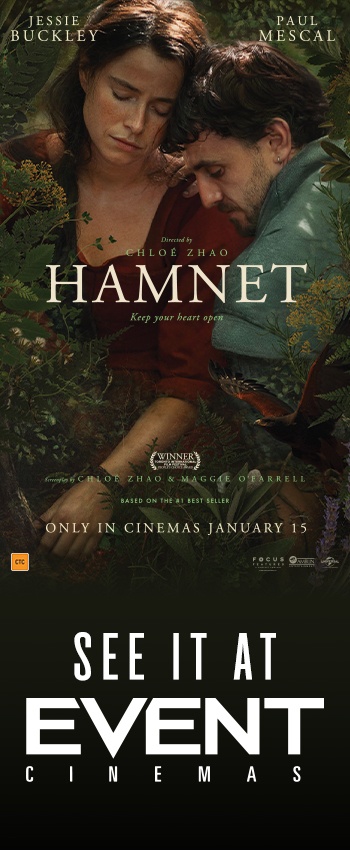When the first instalment of George Lucas’ lightsaber-swinging, laser-shooting space serial was released in 1977, it was unlike anything audiences had ever seen. Star Wars became one of popular culture’s most widely recognised and adored artefacts, raking in billions of dollars over the decades, as its legacy endures, and its fan base grows increasingly larger. In just its opening weekend, Star Wars: The Last Jedi, the eighth episode in the series, generated $20.9 million in Australian cinemas, just behind the release of its predecessor Star Wars: The Force Awakens. However, the story that so intrigued the audiences in 1977, that seemed so different from what had come before, is simply the same story people have been telling each other for millennia, and is the key to the series’ continued success.
There has been ongoing debate over the exact number of narratives in literature and culture, with multiple theorists claiming to have succeeded in reducing all the stories from human history into a few recognisable and universal shapes. In 1965, Kurt Vonnegut, proposed a thesis outlining several basic story shapes, which was rejected by the University of Chicago. Decades later, researches from the University of Vermont analysed stories from Project Gutenberg through a computer program, and came up with ‘six core trajectories’ very similar to Vonnegut’s original premise, which formed the basis of all complex narratives, the most successful of those being ‘Cinderella’ (rise-fall-rise), ‘Oedipus’ (fall-rise-fall), and ‘man in a hole’ (fall-rise). In 1959, William Foster-Harris proposed there were only three plot arcs – happy ending, unhappy ending, and tragedy – and in 2004, Christopher Booker released his ‘Seven Basic Plots’, on which he claimed all stories were built. It has been well documented that Joseph Campbell’s The Hero with a Thousand Faces (1949) was a major influence on Lucas’ Star Wars films, which utilise the timeless the journey of the archetypal hero.
The original Star Wars series echoes Western culture’s own battles throughout history, retelling the stories in which the good triumphed over the evil. The Imperial officer’s uniforms and Darth Vader’s helmet resemble those of the Nazi Party Members in World War II, and both armies’ soldiers share the title of ‘stormtroopers’. Emperor Palpatine has been likened to Adolf Hitler and U.S. President Richard M. Nixon, and the series has also been influenced by conflicts such as the Vietnam War and the Cold War – the latter’s threat realised in the destruction of the Earth-like planet of Alderaan.
Storytelling may be one of the few things that makes us uniquely human. It has allowed the human race to overcome challenges, learn from our mistakes and from others’, and forms the centre of every religion and culture. At the heart of Star Wars is one of the oldest stories of Manichaeism – a constant struggle between good and evil, light and dark. Beneath Star Wars: The Last Jedi’s derivative plot (The Force Awakens and The Last Jedi are arguably just reboots of the original trilogy), and its constant clichéd declarations of ‘finally thwarting the Rebellion/the Empire’, is a reassuring cycle of good triumphing over evil. For hard-core fans and newcomers alike, Star Wars offers a tale between good guys and bad guys, through which the world makes comprehensible sense. Despite the problematic nature of such a binary view in the real world, it is undeniably reassuring and entertaining to an audience, and even when we assume the triumph of good is inevitable, we are still caught up in the struggle, still identify with and fear for the hero. At its core, Star Wars is the age-old story we never grow tired of hearing, because, in the end, the good always wins.



